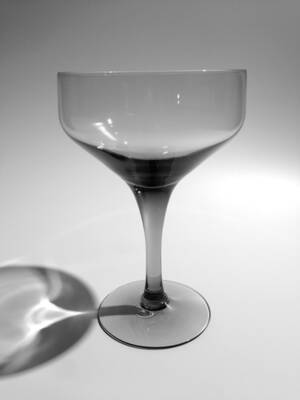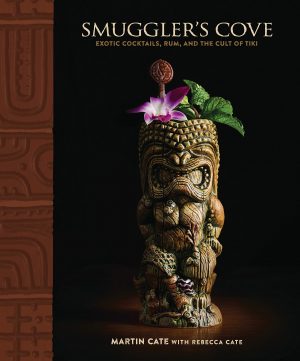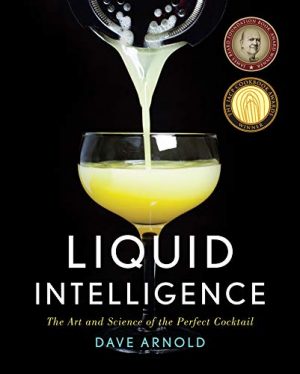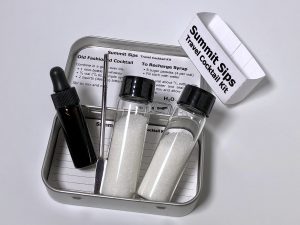
White Whiskey
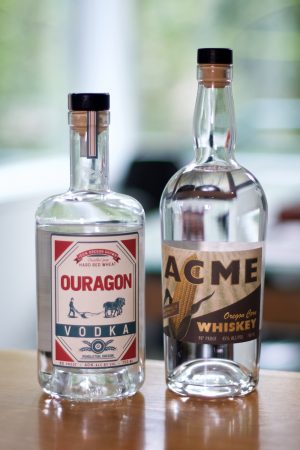 White whiskey has many names. It can be marketed as white dog or white lightning, or even the yokel moonshine, although that usually refers to illicit varieties. A few things are clear, however, besides this unusual spirit. First, it is an unaged product, meaning it does not typically spend time in oak barrels. Second, because it is whiskey, it is a distillate made from fermented grain. This is where products differ. Depending on the grain used, where it is farmed, the water added, and of course, the distillation process itself, one white whiskey can taste dramatically different from another.
White whiskey has many names. It can be marketed as white dog or white lightning, or even the yokel moonshine, although that usually refers to illicit varieties. A few things are clear, however, besides this unusual spirit. First, it is an unaged product, meaning it does not typically spend time in oak barrels. Second, because it is whiskey, it is a distillate made from fermented grain. This is where products differ. Depending on the grain used, where it is farmed, the water added, and of course, the distillation process itself, one white whiskey can taste dramatically different from another.
Traditionally, whiskey is thought of as a “brown” spirit, but all of that color and much of the flavor comes form the aging process. Time spent in charred oak barrels allows the high concentration of alcohol to extract flavors from the wood. Caramel, vanilla, smoke, fruit, spices—these are all derived from years of contact with oak. White whiskey is basically the distillate as it exists before it gets put into barrels.
This often leaves folks wondering how white whiskey is any different than other unaged spirits like vodka, or rum, or tequila. The difference is that rum is made from sugar cane, tequila from the agave plant, and whiskey from grain. These agricultural products in the “mash” each impart their own unique flavors to the spirit. Vodka is slightly more complicated because it supposed to be flavor-neutral, so it can technically be made from anything. During distillation the alcohol concentration is so high when making vodka that all of the flavorful “impurities” are more or less removed. Once diluted back down to bottling proof, vodka is basically ethanol and water, with very little of the original flavor. Yet, even vodka flavor varies from one brand to another with differences in the water source and any lingering elements of the original mash.
So, with white whiskey we have a grain distillate processed at a lower proof than vodka so that the character of the grain remains. Take, for example, Oregon Grain Growers Distillery’s ACME Oregon Corn Whiskey. This 100% corn whiskey is bottled at 90 proof in Pendleton, Oregon. It is smooth and malty with a definite air of corn on the nose. It has no aging, no color, and therefore no fruit, spices, caramel, or vanilla—yet even in this pure form, there is enough complexity to make it an interesting sipper. In many respects this is a distiller’s showcase of good things to come. Had it first been placed into oak barrels (which are very expensive), it would literally take years to create an aged product. Relative newcomers like Oregon Grain Growers often feature unaged spirits early-on. Not only does this make practical economic sense, but it is also respectable. Instead of buying a pre-aged spirit from halfway across the country and slapping on a label, we appreciate the opportunity to try quality products now, and look forward to supporting a local business with integrity, turning out quality products and proving they have a bright future ahead of them.
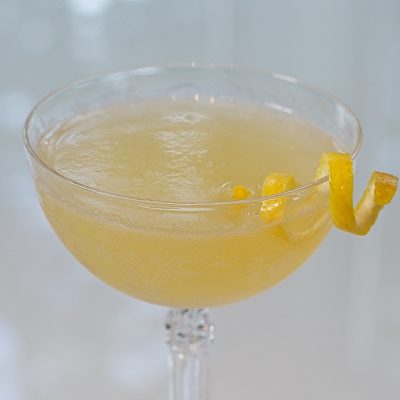 So, what kind of cocktails can you make with white whiskey? This spirit is notoriously difficult to mix, but if you appreciate the flavor profile, the answer is that you can make almost anything. For some, the malty character is reminiscent of genever, so it can lend itself as a substitute in recipes that call for that spirit. You could also use it as a sub for typical aged whiskey, but it will transform the drink you are making into something new. For example, you could make a white Manhattan using dry vermouth with orange bitters to maintain a lighter color scheme and flavor profile. There are white whiskey Old Fashioned possibilities, or improved cocktails that add liqueurs. We even found a variation on the Monkey Gland that subs white dog for gin, adding some Cocchi Americano to bring back some of gin’s floral elements.
So, what kind of cocktails can you make with white whiskey? This spirit is notoriously difficult to mix, but if you appreciate the flavor profile, the answer is that you can make almost anything. For some, the malty character is reminiscent of genever, so it can lend itself as a substitute in recipes that call for that spirit. You could also use it as a sub for typical aged whiskey, but it will transform the drink you are making into something new. For example, you could make a white Manhattan using dry vermouth with orange bitters to maintain a lighter color scheme and flavor profile. There are white whiskey Old Fashioned possibilities, or improved cocktails that add liqueurs. We even found a variation on the Monkey Gland that subs white dog for gin, adding some Cocchi Americano to bring back some of gin’s floral elements.
We decided to make a white whiskey original created some years back by Boston bartender, Ryan Lotz:
The Deadline by Ryan Lotz
1.5 oz ACME Oregon Corn [white] Whiskey
.5 oz St-Germain
.5 oz Bénédictine
.75 oz lime juiceShake ingredients with ice and strain into a chilled cocktail glass. Garnish with a lemon twist.
The first few sips of this drink are a little tart, but we are glad the liqueurs are kept to a minimum as we like acid more than runaway sweetness. There is a corn aroma on the nose before the drink even reaches your lips which translates into a nice malty finish, so the spirit is definitely present, but it doesn’t overpower. The combination of St-Germain elderflower liqueur and DOM Bénédictine is wonderful and unexpected. It is so easy to get carried away with the elderflower that we have found ourselves reaching for the bottle less and less in recent years, but this light-handed treatment has renewed our interest. The lime provides an acid bite for a delicious and refreshing drink overall.
Certainly, your access to white whiskey brands will vary as each distiller creates a unique product. For instance, Buffalo Trace White Dog may offer bolder corn overtones at 125 proof, and varieties that feature rye in the mash may transform the drink in other ways. Like cocktails featuring other spirits, white whiskey in The Deadline offers some room to experiment, but we enjoyed this version and plan to make it again.
We were fortunate enough to lay our hands on Ouragon Vodka as well as the ACME white whiskey. Ouragon is another “Circle G” branded product from Oregon Grain Growers Distillery distilled from 100% Oregon grown hard red wheat. It has an intensely floral aroma that is interesting and sets it apart from other brands. We look forward to trying it in upcoming recipes.
From The Shop:
Recommended:
You Might Also Like:

Death in the Gulf Stream
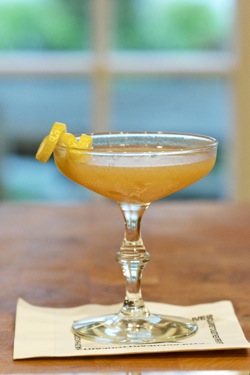
Japanese
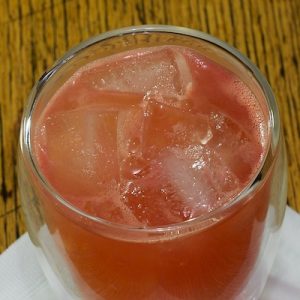
Saw Tooth
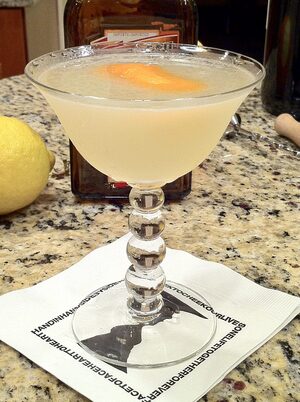
Corpse Reviver #2

Stinger
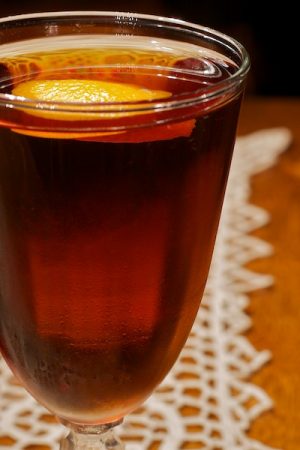
Anodyne
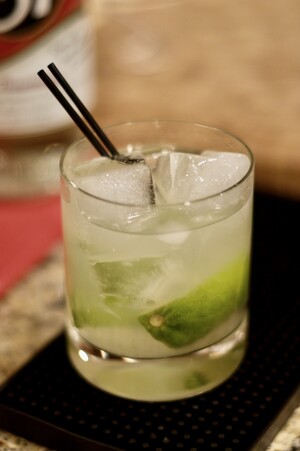
Caipirinha
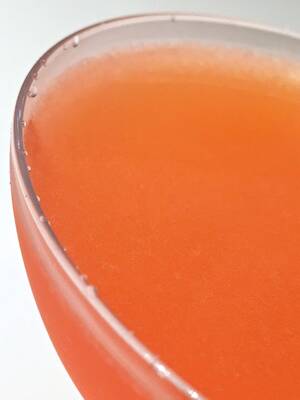
Naked and Famous

Chestnut Cup
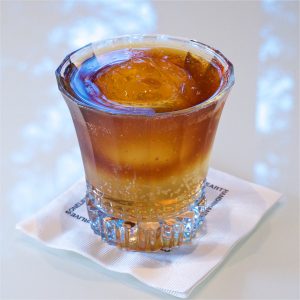
Cold Brew & Tonic

Painkiller
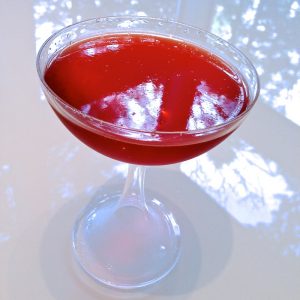
Eeyore’s Requiem

Cranston
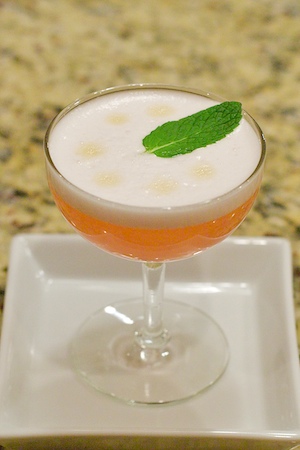
Riviera, two ways
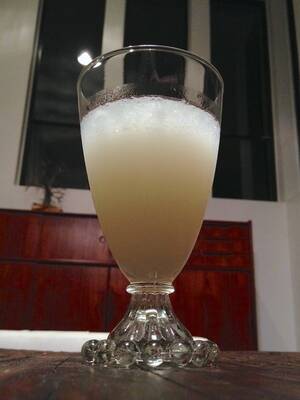
Absinthe Frappe

Basil Oil Garnish
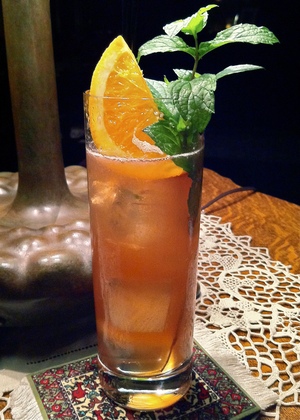
Singapore Sling
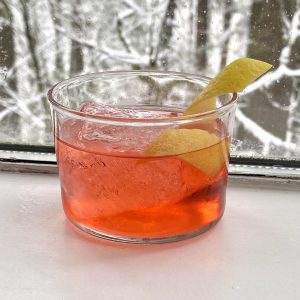
Jalisco Stroll
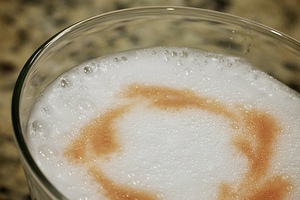
Pisco Sour

Drink with No Name: The Harrington
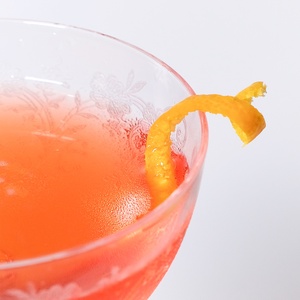
Fogerty
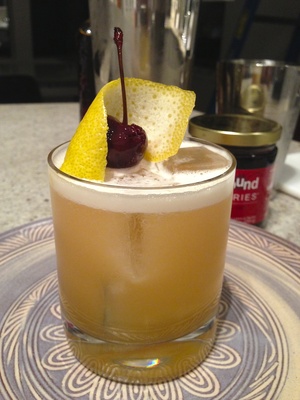
Amaretto Sour
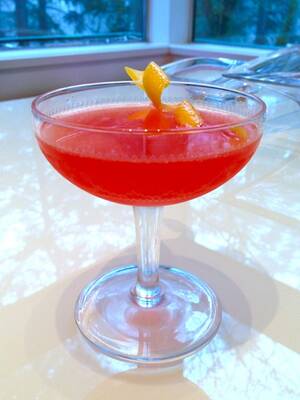
My New Religion

Grounded For Life
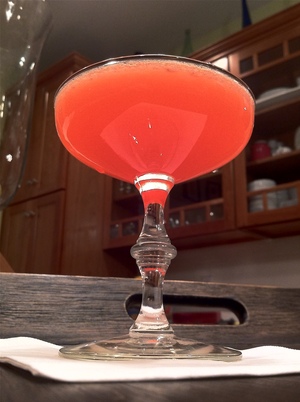
Paper Airplane
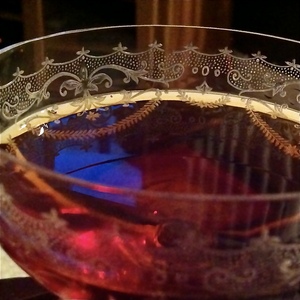
Newark
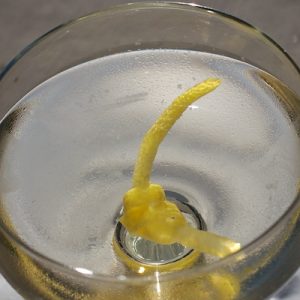
Atty

Floridita Cocktail

Margarita

